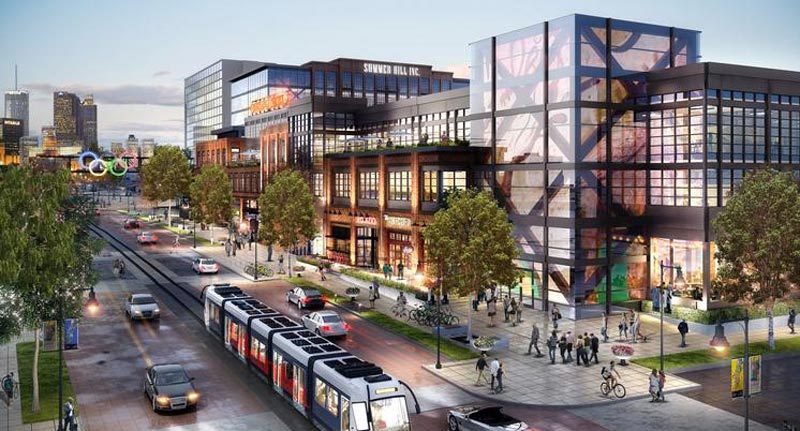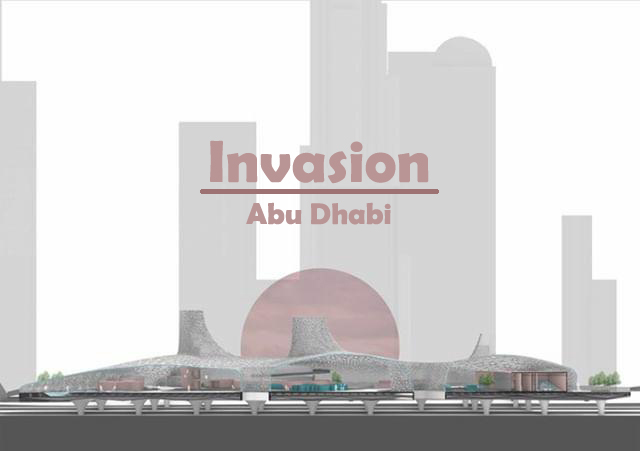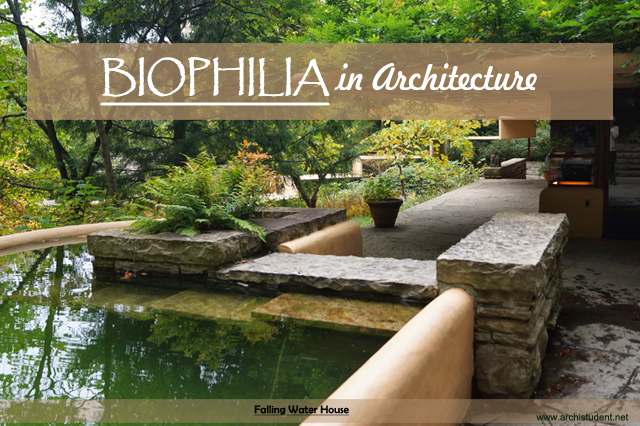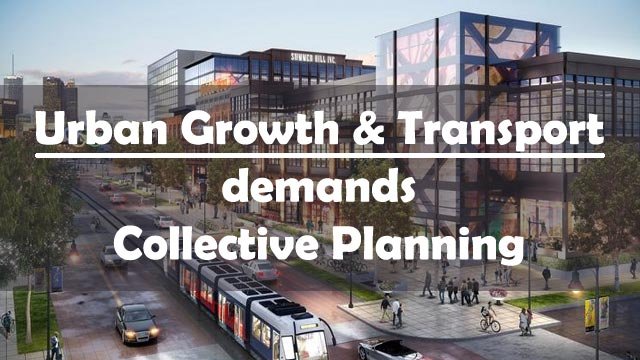
Urban Growth & Transport : Demands Collective Planning
Urban Growth & Transport demand Collective Planning
Access to work, people, goods, services, and information is the basis of economic and overall development in cities. Land use and transport mutually influence each other. Thus, the Land-use influence travel behavior and the transport system influences the way cities grow.

To improve accessibility cities often want more space for transport, but to improve liveability and thus to make cities attractive, the space for transport needs to be reduced.
Land use influences the travel behavior; for example In a low-density development, such as in Muscat, Oman, it is very difficult to provide an adequate public transport system for the whole city. This applies certainly to a metro system, which needs high densities around stations, but also to a bus-based public transport system. So, building in low densities will stimulate people to drive by car.
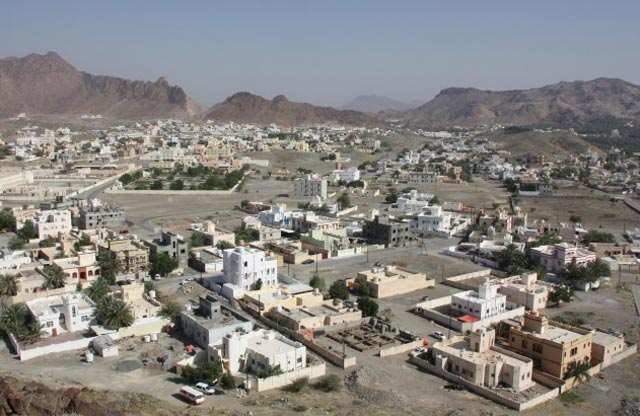
Promoting mixed-use development by developing houses, commercial, social, offices, and services together and dense result in short travel distances and therefore encourages walking and cycling and building offices and dwellings in high densities around terminals and railway stations stimulate people to travel by bus, metro or train. The changes in travel behavior make cities change their transport system. A good example is Dubai, UAE transportation system based on transit-oriented development (TOD) concept which helps improve urban growth.

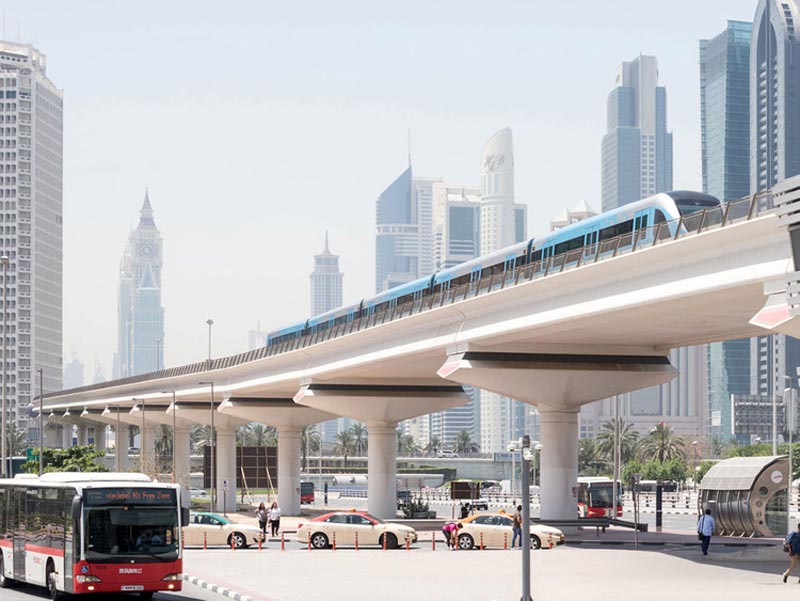 The Transport system in any city impacts land use. For example, building a new metro line and stations makes the areas around these stations attractive for high-density residential areas, offices, shops, etc. A good example is New Delhi. Another reason why the transport system influences land use, and thus urban growth, is that people on average have quite stable travel time budgets: worldwide over a large area, e.g. in a metropolitan city, people travel about 60-75 minutes/person/day worldwide. This is called the theory of constant travel time budgets.
The Transport system in any city impacts land use. For example, building a new metro line and stations makes the areas around these stations attractive for high-density residential areas, offices, shops, etc. A good example is New Delhi. Another reason why the transport system influences land use, and thus urban growth, is that people on average have quite stable travel time budgets: worldwide over a large area, e.g. in a metropolitan city, people travel about 60-75 minutes/person/day worldwide. This is called the theory of constant travel time budgets.

If we build faster transport systems, people will travel further, encouraging urban sprawl. On the other hand, more infrastructure for walking and cycling fits compact cities. Thus raises the tension between accessibility and liveability. Better transport and land-use system improve accessibility but more space for motorized infrastructure is not good for liveability. This is because more and fast roads will stimulate people to buy more cars and drive more by car, which results in nuisance from driving and parked vehicles, land take of infrastructure, accidents, noise nuisance, and air pollution.
A major challenge, therefore, is to balance the need for more roads for better access, but on the other hand to minimize land take of transport for better liveability.
This challenge between accessibility and liveability can be met by urban planning and design, and/or by transport planning. As explained above, urban planning should mean:
- Building in higher densities and compact developments;
- Mixing use planning, such as a combination of houses, shops, offices, and social infrastructural services; and
- Development near transit stations and other public transport nodes.
Then people will walk and cycle more, and make more use of public transport and then accessibility by slow modes and public transport is improved. Such planning might result in 10 to 20% less car use.

The next contribution comes from transport planning. Cities can plan for walking and cycling, and for public transport and the role of the car should be reduced. Such planning will have a positive influence on sustainability, because of the shift from car to walking, cycling and public transport and this shift reduces energy use, emissions and noise production/pollution. In addition such joint land use and transport planning influence other liveability aspects like the nuisance of parked and driving vehicles, and the visual urban design quality of the city.
The sound policies for land use and transport planning cannot be implemented easily, especially in the existing cities. There are often multiple barriers, and cities do only limitedly learn from each other. In 1972 the Dutch city Groningen in Europe reduced the role of motorized transport in the inner city dramatically, after much opposition. But results were generally evaluated positively.
In some cases the implementation of unique/model policies benefits from a so-called Champion Mota Bhai, Mr. Narendra Modi, the former Chief Minister of the state of Gujarat, who implemented bus rapid transit system in traffic congested city of Ahmedabad, India, is a nice example.
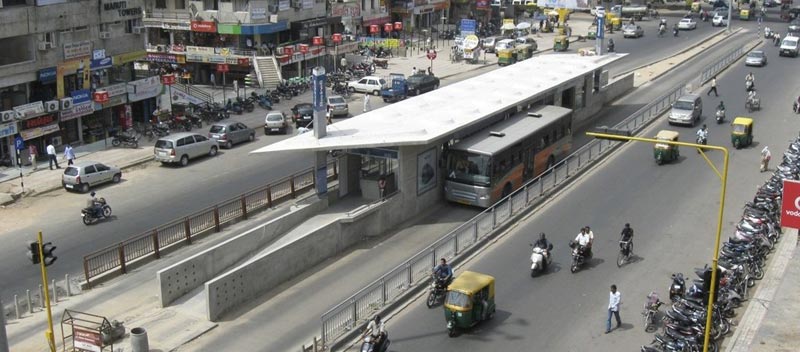
Also, the former mayor of London, Ken Livingstone, who introduced the congestion charge, can be seen as a champion. The congestion charge is a charge drivers of motor vehicles need to pay if they want to enter Central London.
To conclude, the collective planning of land use and transportation can simulate walking, cycling and the use of public transport, and consequently make cities accessible, liveable and attractive.
